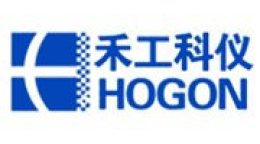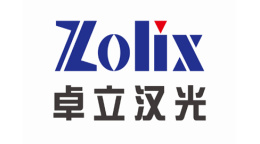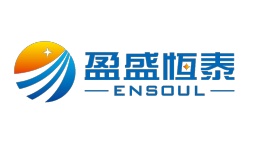方案详情文
智能文字提取功能测试中
APPLICATION NOTEF&F-D-002-2021/A1 DUMAS AND KJELDAHL METHOD COMPARISON N/Protein Determination inFishmeal Dumas and Kjeldahl method comparison Kjeldahl reference: AOAC 2001.11 Protein (Crude) in Animal Feed, Forage (Plant Tissue), Grain, and Oilseeds;REG CE 152/2009; EN ISO 5983-2:2009 Animal feeding stuffs Dumas reference: AOAC 990.03 Protein (Crude) in Animal Feed - Combustion Method, ISO 16634-1:2008Oilseedsand animal feeding stuffs Tested with VELP Scientifica DKL 20 Automatic Kjeldahl Digestion Unit (Code S30100210)UDK 169 Automatic Kjeldahl Analyzer with AutoKjel Autosampler (Code S30200160) andVELP Scientifica NDA 702 Dual Carrier Gas Dumas Nitrogen Analyzer (Code F30800080) N/PROTEIN DETERMINATION IN FISHMEAL Introduction Fishmeal is obtained from small fish (used whole, including the entrails) or from the carcasses of large fish (salmon, trout,sturgeon, tuna), waste of the choices for baby food and for gastronomy. The mass is then crushed to extract any fish oil, then the product is cooled, dehydrated and ground to obtain a powder.Fishmeal is an important food used in animal husbandry and in aquaculture. It is also the main ingredient of the commonlymarketed feed for aquarium fish. Human nutrition also involves the consumption of fishmeal, but only top-quality parts of the fish are used and the finishedproduct is free of additives and preservatives that prevent rancidity of fats (allowed only in feed for dogs and cats). Both Kjeldahl and Dumas techniques are officially approved for the determination of the protein content in fishmeal. Performances of VELP Kjeldahl system and Dumas unit were evaluated by participating in the Proficiency TestingProgram organized by BIPEA (Bureau Interprofessionnel d'Etudes Analytiques). The obtained results (as % Protein) were compared with the BIPEA assigned values. Protein Determination in BIPEA sample Fishmeal This application note compares the nitrogen/protein determination in fishmeal by using NDA 702 Dumas NitrogenAnalyzer and UDK 169 Automatic Kjeldahl Analyzer with AutoKjel Autosampler. The specific methods used in this study are summarized briefly here. Dumas method The Dumas method starts with a combustion furnace (CF) to burn thesample, obtaining elemental compounds. Water is removed by a first physical trap (WT1-DriStep TM), placed after thecombustion, and a second chemical one (WT2). Between the two, theelemental substances passed through a reduction furnace (RF). The auto-regenerative CO2 absorbers (CO2) let pass only the elementalnitrogen that is detected by the LoGasTM innovative Thermal ConductivityDetector (TCD) with no requirement for a reference gas. The NDA 702 is controlled via PC through the intuitive DUMASoftTM. Kjeldahl method The Kjeldahl method consists in a procedure of catalytically supported mineralization of organic material in a boilingmixture of sulfuric acid and sulfate salt at digestion temperatures higher than 400 °C. During the process the organicallybonded nitrogen is converted into ammonium sulfate. Alkalizing the digested solution liberates ammonia which isquantitatively steam distilled and determined by titration. Sample BIPEA FishmealID:11-0313-0217Dumas protein:assigned value: 70.1acceptability range: 68.0 -72.2Kjeldahl protein:assigned value: 69.0acceptability range: 66.9-71.1 Sample has been grinded by using a laboratory grinder (particle size 1 mm). N/PROTEIN DETERMINATION IN FISHMEAL Dumas analysis NDA 702 Preliminary Operations (daily) Follow the operating manual to start the NDA 702 and check that the following parameters are set: Temperature Combustion reactor (Code A00000158): 1030°C Temperature Reduction reactor (Code A00000226):650°C Flow rate MFC1 He: 190 ml/min Flow rate MFC2 He: 220 ml/min Condition the system by testing 2 EDTA standard (Code A00000149) and 3 to 5 empty tin foils (Code A00000153) as Check up. Verify the calibration curve with one or more tests as Standard by testing EDTA, used for the curve creation. Sample Preparation Weigh around 50 mg of sample in a tin foil directly on the analytical balance. Close the tin foil, obtaining a capsule, and load it into the autosampler. Analysis Procedure Fill the following fields in the database of the software DumasoftTM: Sample name, Weight, Method, Sample type,Calibration number The“FEED FOR ANIMALS,DRY"method shows the following parameters: Protein factor: 6.25 O2 flow rate: 400 ml/min O2 factor: 1.6 ml/mg Press to start the analysis. Analysis time: from 3 minutes for one run. Results have been obtained with the following calibration curve: in a range of 0 - 7 mg N with 7 measurements of EDTAstandard (%N=9.58) (Code A00000149). The data obtained are included in the tolerance admitted by the EDTA certificate. Kjeldahl analysis 1. Sample Digestion Weight about 1.0 grams in a nitrogen-free weighing boat (Code CM0486000)and transfer in a test tube. In each test tube add: ● 2 catalyst tablets VCM (code A00000274;3.5 g K2SO4,0.1 g CuSO4 5H20 Missouri) ● 2 antifoam tablets VS (Code A00000283) ● 20 ml concentrated sulfuric acid (96-98%) 5 ml hydrogen peroxyde (H2O2) Prepare some blanks with all chemicals and without sample. Connect the Digestion Unit to a proper Aspiration Pump (JP code F30620198) and a Fume Neutralization System(SMS Scrubber code F307C0199) to neutralize the acid fumes created during digestion phase.Digest the sample for 40 minutes at 300 °℃ plus 90 minutes at 420°C, according to the method“animal feed” (n°7 on DKL20). 2..1Distillation and Titration Let the test tubes cool down to 50-60 °C. Condition the UDK 169 unit by performing the Automatic Check up in Menu-System and a Wash down. Distill the samples selecting the predefined methods n°7. N/PROTEIN DETERMINATION IN FISHMEAL HH2O (dilution water): 50 ml ●TNaOH (32%): 70mlH●F VreceiverTM (A00000316): 30 ml H2SO4 (0.2 N) as titrant solution Protein factor: 6.25 Distillation &Titration analysis time: from 4 minutes for one test. Results on BIPEA sample Fishmeal The table below shows the nitrogen/protein results, obtained by NDA702 Dumas unit and VELP Kjeldahl system. Technique Sample quantity(mg) Nitrogen % Protein % Dumas 50.07 11.41 71.31 50.04 11.36 70.97 49.86 11.45 71.56 Average±SD% 11.41±0.05 71.28±0.29 RSD%* 0.41 0.41 Technique Sample quantity (g) Nitrogen% Protein % Kjeldahl 1.0021 10.93 68.30 1.0007 10.97 68.56 1.0003 11.09 69.34 Average± SD% 11.00±0.08 68.73±0.54 RSD%* 0.79 0.79 acceptability Dumas range: 68.0-72.2%P acceptability Kjeldahl range: 66.9-71.1% P acceptability Kjeldahl range: 66.9-71.1% P Conclusions The obtained values fell within the expected protein range indicated by BIPEA, demonstrating the high performance ofboth VELP Analytical Instruments, Kjeldahl system and Dumas unit NDA 702. Excellent repeatability is ensured withboth techniques, as demonstrated by low RSD values. NDA 702 Dumas combustion Elemental Analyzer with high productivity and non-stop performance, is indeed ideal forhigh throughput, being fully automated and requiring just 3-4 minutes per analysis. VELP Kjeldahl system, using genuine catalyst tablets KjTabsTM, is still a robust solution for protein determination infood and feed field. The complete procedure was verified by using 5 ml of glycine standard solution (3%) containing 28 mg of nitrogen, asreference substance. The obtained recovery falls into the expected range: between 98% and 102%. In conclusion both techniques are efficient and capable of analyzing the fishmeal sample with high accuracy andrepeatability. Discover all the VELP solutions for N/Protein Determination> Copyright C VELP Scientifica. All rights reserved.No part of this publication may be reproduced or transmitted in any form or for any purpose without the express permission of VELP.VELP Scientifica, Italy Tel: + Fax: +www.velp.com 鱼粉中n/蛋白质的测定:杜马斯法和凯氏法的比较了解更多关于用凯氏方法和杜马斯方法测定鱼粉中N/蛋白质的信息。下载专门的应用说明, 了解完整的分析程序和BIPEA能力测试的样品结果。鱼粉是用于畜牧业和水产养殖的重要饲料成分。它也是市场上常见的水族箱鱼饲料的主要成分。 有关加工和原料饲料产品的官方方法和法规要求进行一系列测试,旨在确定产品质量和防止欺诈。这些测试之一是测定蛋白质含量,这对确定鱼粉的营养特征和最终饲料产品的安全至关重要。 用杜马斯法和凯氏法准确可靠地测定鱼粉中的氮/蛋白质含量 对于鱼粉中蛋白质含量的测定,凯氏化学法和杜马斯高温燃烧分析法都是官方认可的。 凯氏定氮法被认为是测定饲料中蛋白质的经典方法,基于传统的化学方法。由于20世纪90年代开始对有害化学品的使用实行严格的标准,许多实验室评估了杜马斯方法作为一种替代方法。 杜马斯燃烧技术,创新的干化学法,易于使用且高度准确。分析在几分钟内完成,样品在燃烧炉中燃烧,得到的是元素化合物。 凯氏定氮法和杜马斯定氮法是测定氮和蛋白质的主要方法,符合国际标准,如AOAC、AACC、ASBC、ISO、IFFO、OIV。然而,它们在许多方面存在差异,包括样品制备、分析程序和获得的数值。 下载应用说明 阅读关于鱼粉中蛋白质测定的专门应用说明,了解如何用杜马斯法和凯氏法进行分析,发现VELP分析仪器在BIPEA能力测试样品上获得的所有结果。 由BIPEA这样的机构组织的能力测试项目可以对几个实验室的结果进行比较,以评估他们在同一同质样品上的分析性能。通过定期参加这种计划,VELP仪器的性能不断得到评估。由BIPEA提供的样品按照预先确定的条件进行分析,获得的结果与给定的公差范围进行成功比较。访问VELP网站 > https://www.velp.com/zh-cn/fish-meal-v1.aspx
关闭-
1/4
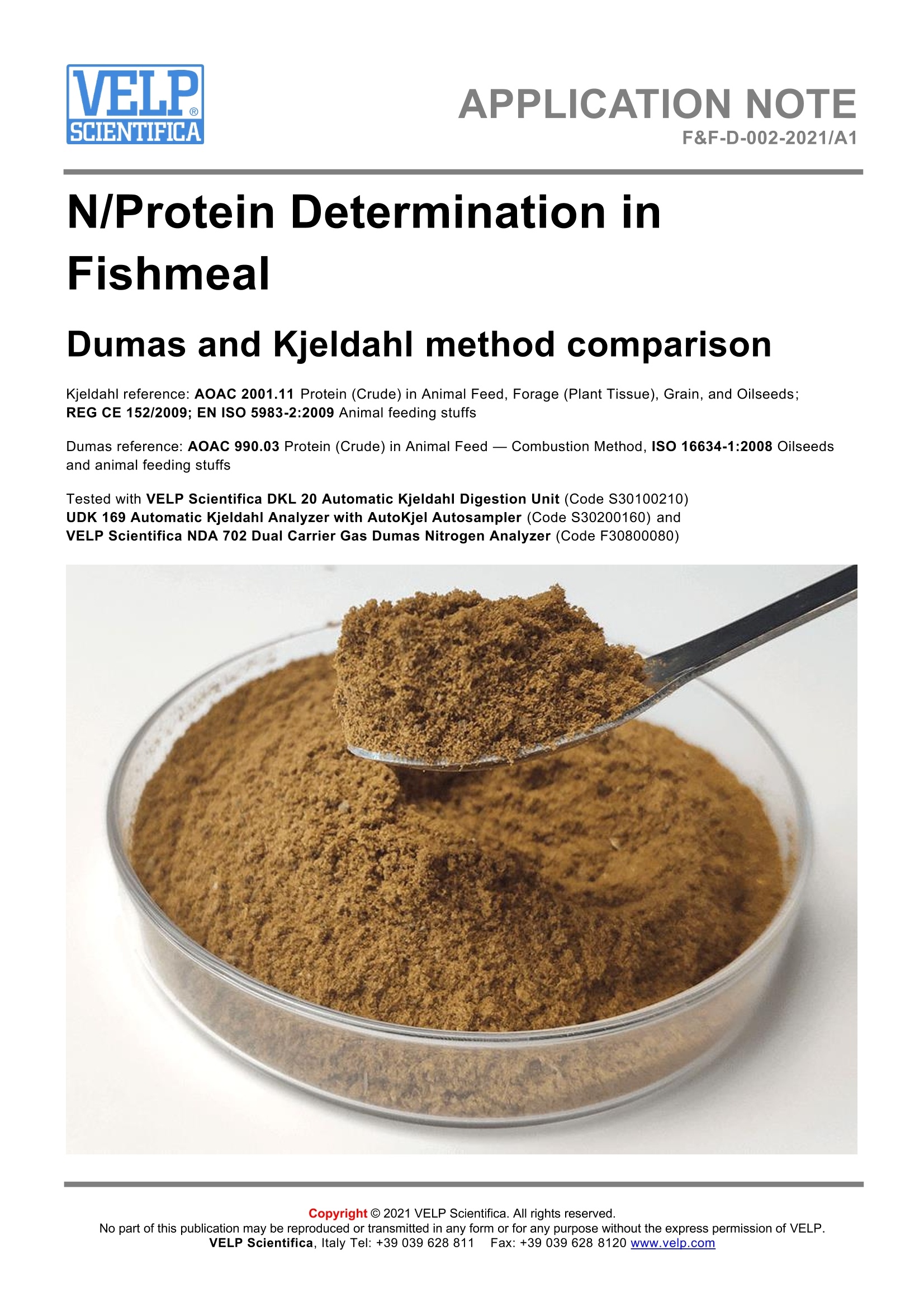
-
2/4

还剩2页未读,是否继续阅读?
继续免费阅读全文产品配置单
意大利VELP公司为您提供《鱼粉中蛋白质的测定检测方案 》,该方案主要用于鱼粉中蛋白质的测定检测,参考标准《暂无》,《鱼粉中蛋白质的测定检测方案 》用到的仪器有VELP唯意朴仪器 杜马斯定氮仪 NDA 702。
我要纠错
推荐专场
定氮仪、凯氏定氮仪、Dumas定氮仪
更多相关方案


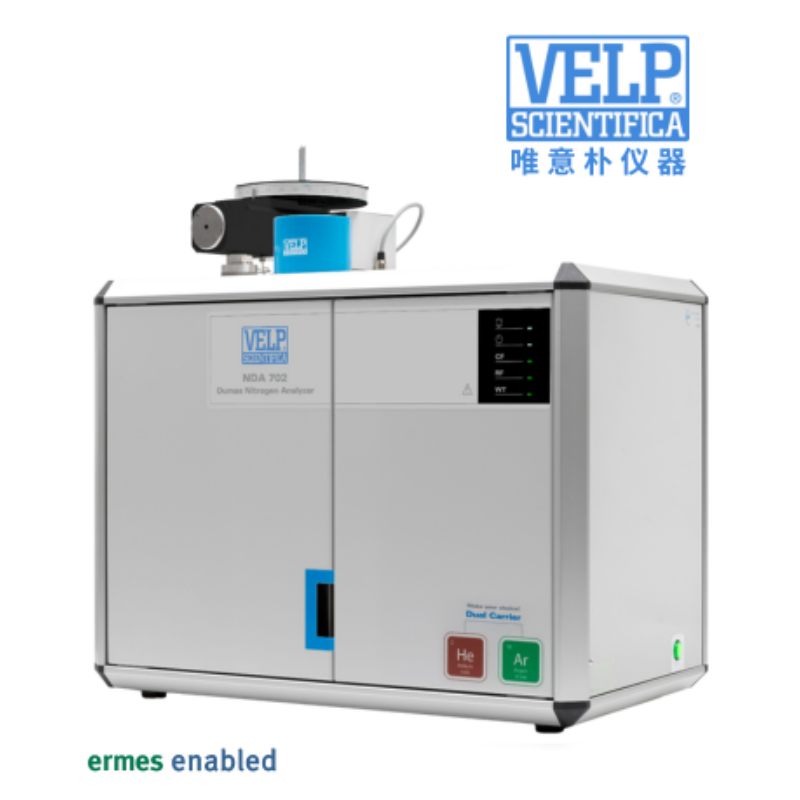


 咨询
咨询
